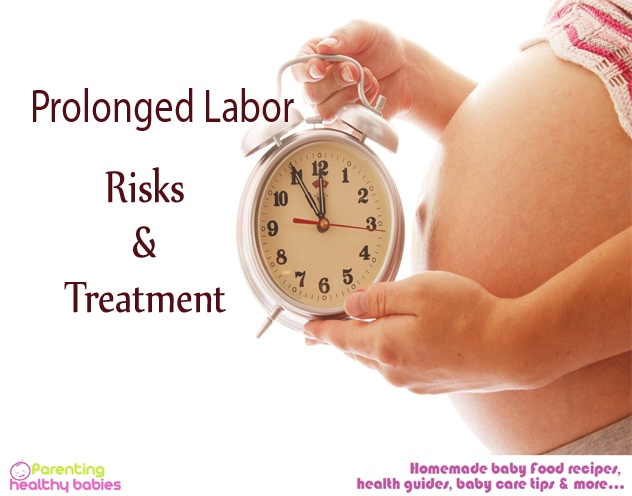Hysterectomy is a surgical process in which uterus is removed from the body due to health problems. Along with uterus sometimes the cervix, ovaries, and fallopian tubes are also removed. Pregnancy after hysterectomy is not possible because a baby grows in the uterus during pregnancy.
Hysterectomy can be performed due to medical or personal reasons. According to the data, more than 33% of women in the US have had a hysterectomy by the age of 60 years.
Getting Pregnant after Hysterectomy: Things You Need to Know
Why do You Need a Hysterectomy?
Health problems related to the female reproductive system are best treated by a procedure known as hysterectomy. Hysterectomy is done in the following situations:
- Heavy bleeding: Unusual or heavy bleeding due to fluctuations in the hormonal levels, vaginal infections, fibroids, and cancers may need a hysterectomy.
- Endometriosis: In this condition the tissues lining the uterus grows outside the uterus in areas such as ovaries and fallopian tubes. Symptoms of this condition are bleeding in between menstrual cycle, some digestive problems, and pain.
- Adenomyosis: Uterine tissues when it grows into the muscular walls of the uterus, the uterine wall thickens. This will cause heavy bleeding and severe pain.
- Fibroids: Uterine fibroids are non-cancerous tumors that lead to severe pain and excessive bleeding.
- Uterine prolapse: In this situation uterus slips down and presses into the vagina. The reason behind this is either a woman is obese or had prior vaginal births. There can be excessive vaginal bleeding and digestive or urinary problems due to uterine prolapse.
- Cancers: Cancer of uterus, cervix, ovary, or endometrium can be treated by hysterectomy if all the other treatments like radiation therapy, hormonal therapy, and chemotherapy fails.
If a woman undergoes hysterectomy then it will end the ability to get pregnant. So, if a woman wants to be pregnant and on the other hand she suffers from the above-mentioned conditions then she should consult her doctor for an alternative option.
Types of Hysterectomy
There are four types of hysterectomy as follows:
- Total hysterectomy: In this, both uterus and cervix are removed and are one of the most preferred options.
- Partial hysterectomy (also known as subtotal or supracervical): In this only upper portion of the uterus is removed and the cervix is spared. Ovaries may or may not be removed.
- Total hysterectomy with bilateral salpingo-oophorectomy: Uterus, cervix, fallopian tubes, and ovaries all are removed in this.
- Radical hysterectomy: In this upper part of the vagina, lymph glands and fatty tissues are removed.
How is a Hysterectomy Performed?
There are several ways in which a hysterectomy can be performed – through the vagina, abdomen, or by laparoscopy. The method by which a hysterectomy is to be done only depends on the medical history and the reason behind this surgery.
Ways by which hysterectomy can be performed are as follows:
- Vaginal hysterectomy: In this surgery, the uterus is removed by making a small incision near the vagina. The advantage of this procedure is that it takes less time and the recovery rate is also faster.
- Abdominal hysterectomy: A regular incision in the lower abdomen which is similar to C-section incision is given in this procedure. Pelvic organs are visible after this incision. The drawback of this is that it takes a long time to recover and there are several complications such as bleeding, infection, damage to tissues, and blood clots.
- Laparoscopic hysterectomy: In this some tiny incisions are given on the abdomen and then a laparoscope is inserted to view the pelvic organs. This procedure takes less time and recovery is also faster.
There is a type of laparoscopic hysterectomy which is known as Robot-assisted laparoscopic hysterectomy in which all the pelvic organs are seen through a machine that is inserted by incisions on the lower abdomen and this machine is controlled by the surgeon.
Risks and Complications of Hysterectomy
Hysterectomy may also lead to some risks which are as follows:
- Infections
- Clots in blood
- Bowel and bladder injury
- Heavy blood loss which requires blood transfusion
- Hysterectomy may also lead to some long-term complications that include:
- Weakness in the pelvic region
- Pain during intercourse ( if there is a partial removal of the vagina)
- A decrease in sex drive (if both the ovaries are removed)
- Lost femininity
- Dryness in the vagina (due to decreased levels of estrogen when both ovaries are removed)
- Increased risk of osteoporosis
Can You Get Pregnant After Hysterectomy?
The uterus is the place where a baby grows, and in hysterectomy uterus or womb is removed so, you cannot become pregnant. The whole of the uterus, along with ovaries and fallopian tubes are removed in this procedure.
Do You Still Ovulate After a Partial Hysterectomy?
In partial hysterectomy only upper part of the uterus is removed, ovaries and fallopian tubes are retained which helps on ovulation. In this situation you may also get pregnant but the survival chances of the embryo are rare because the uterus is required for implantation. This may also increase the chances of ectopic pregnancy.
Ectopic Pregnancy After Hysterectomy
When an embryo implants outside the uterine cavity then this is known as ectopic pregnancy. This is also known as tubal pregnancy as mostly it implants in the fallopian tubes. In ectopic pregnancy ovulation and fertilization both occur but the development chances of the embryo are negligible.
The doctor may diagnose the ectopic pregnancy if you have the following symptoms:
- Vaginal bleeding
- Nausea and vomiting
- Abdominal pain
- Fatigue and dizziness
- Pain in the rectal region, neck, and shoulder
- Hemorrhage
For removal of fetal tissue, a doctor prescribes methotrexate. If this fails then fetal tissue is removed through a surgery known as laparoscopy.
Is it Possible to Have a Child After Hysterectomy?
You can have a child through surrogacy in which someone else carries the baby. In surrogacy, fertilized eggs are taken from your body and then these eggs are implanted in the uterus of a surrogate mother. One more option is to adopt a child if you have any issues with surrogacy.
References:
https://www.ncbi.nlm.nih.gov/pmc/articles/PMC5885999/













